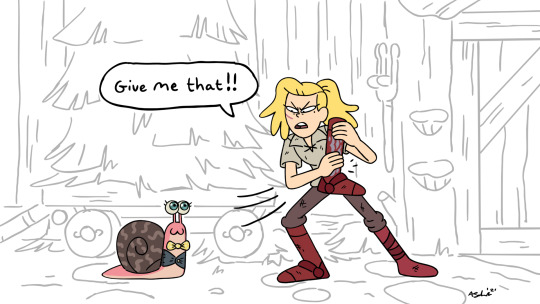Text
It was kind of interesting to me that out of all the people in our training group, the ones that were the quickest to form social bonds were the people from way out in the country and the city people just kind of quietly kept to themselves.
But I was definitely accepted as one of the bumpkins.
79K notes
·
View notes
Text
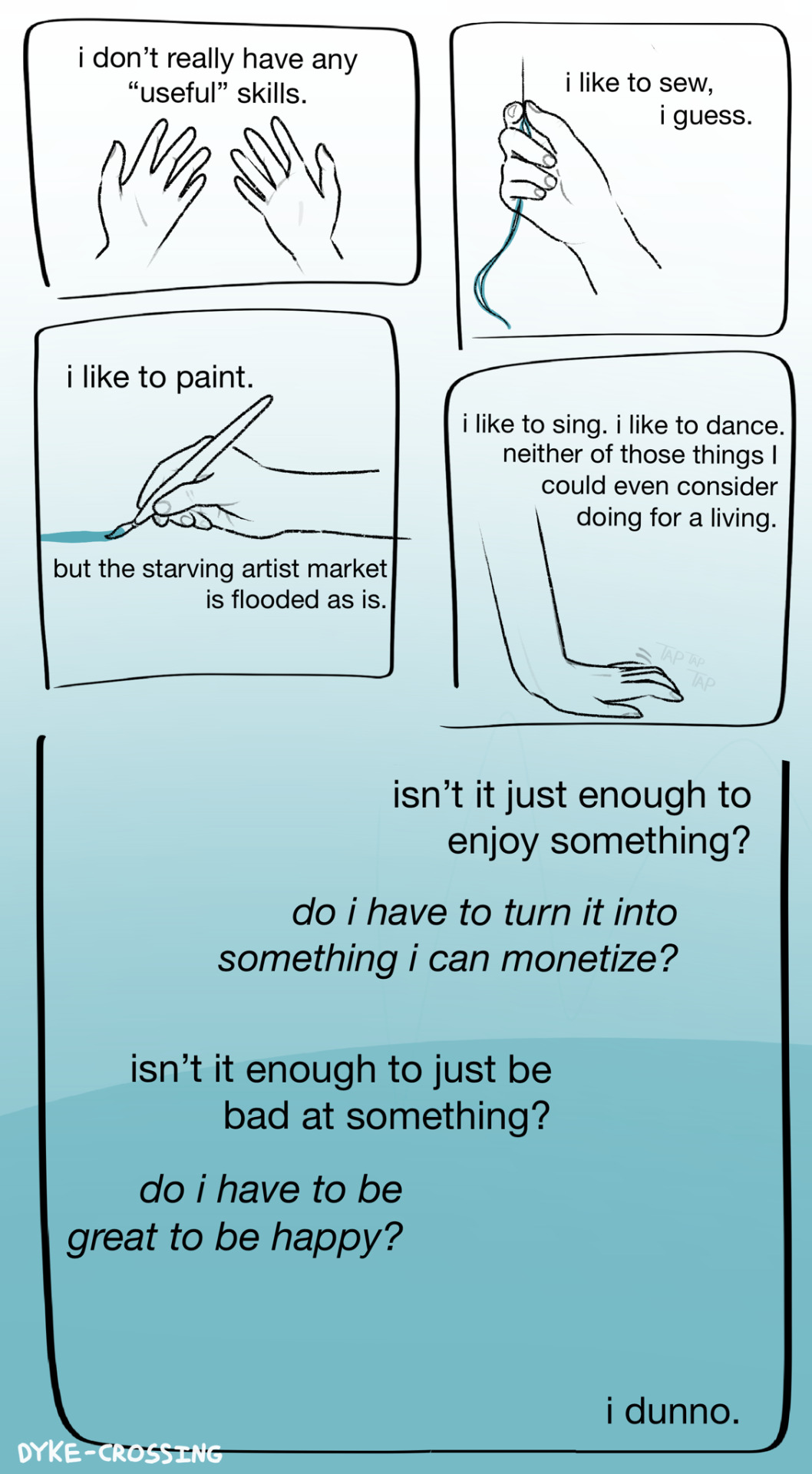
anyway im stressed about my future and needed practice drawing hands, so.
90K notes
·
View notes
Text
Smart girls are the fucking best
115K notes
·
View notes
Text
here's a quiz i made so you can learn what type of fanfic character you would be <3333
45K notes
·
View notes
Photo
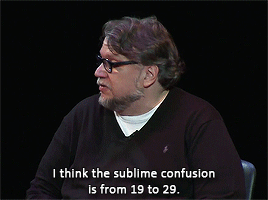



“I’m much happier at 53 than I was at 23.” (x)
280K notes
·
View notes
Text
Billionaires will never "reinvest" their money in the community and my source for this is that they still have it. They have already not used their money for public benefit. That's how they got to have that much money. If you want them to put that money to good use for everyone's benefit, well good news there's a mechanism for that and it is called taxes
17K notes
·
View notes
Text
imo all movies being some kind of superhero shit paid for by disney is kind of like when every painting and sculpture was some jesus shit comissioned by the catholic church
93K notes
·
View notes
Text
the actual reason I consume mediocre media is because I have bad taste. the deeper secret pretentious reason is because I think there’s something very revealing about bad media that you don’t get with good media. when you watch a poorly executed plot point unfold, you see the machinery behind it. you see the gap between what’s actually on screen and the true goal the author is striving for. if it’s particularly awful, you can even measure just how poorly mismatched the author’s skills are with the story they’re trying to tell you. watching a poorly executed narrative play out feels like you’re discovering something, because you see all the wiring and guts underneath that better authors hide from you, in the same way that movies hide boom mics and books make you forget you’re turning the pages. if a story is good and executed well you just see the story. but I want to see the guts and wires!
81K notes
·
View notes
Text
I hope Wikipedia doesnt go bankrupt it will feel like the end times . I think I will literally panic
248K notes
·
View notes
Text
Not all character development is positive. Characters can, and in my opinion, should, develop both negative and positive traits throughout the course of their story. As the story goes, they shouldn’t be perfected, they’re people, not artpieces, and so there shouldn’t be a stage where they’ve improved/changed exclusively for the better, to the point where they have no negative traits at all.
42K notes
·
View notes
Note
Hey, help me please. How do you write description in your novels? Not a character one, surrounding ones. How do you describe from 3 POV , the background of the novel?
5 Tips for Writing Great Descriptions
Hi there! Thanks for writing. I talk at length about this in my book The Complete Guide to Self-Editing for Fiction Writers (See Chapter 4 / “Building Your Story World,” Chapter 16 / Setting the Scene, and Chapter 21 / “Choosing the Right Details” for the majority of the discussion about description, but it’s peppered throughout), so I’ll just give a brief rundown here. :)
Tip #1: Use concrete, sensory details
That means describing, with precision, a detail you can see/hear/touch/taste/smell. Avoid using vague words that are hard to visualize or sense, like “the house was ugly” or “the weather was bad.” Instead, choose a sensory detail (or two) for your descriptions, for example “the house was a wretched shade of salmon pink” or “the wind was blowing I could taste dust in my mouth.”
Tip #2: Try not to over- or under-use descriptions
It’s common for beginning writers to either use no description, or go completely overboard. I give examples of both in my book. While there’s no hard rule about how much description is too little or too much (it depends a lot on the particular story, genre, and the writer’s style), I personally like to include around 4-5 sensory details per page.
The idea is to give the reader a solid sense of where they are without going on and on, making them want to skim over as you carry on for paragraphs about the smell and texture of a doily.
Tip #3: Use more description during important parts of the story
Description draws your readers attention to what you’re describing. Use that to your advantage. If that doily contains a blood stain that’s a pivotal clue in your murder mystery, by all means spend three sentences describing the particular color red of the blood or the weird smell it emits. Where you linger, the reader will linger.
Tip #4: Use description to set the scene
Use more description at the beginning of a new scene, or anytime the location of your story changes. I talk about this in the section on transitions in my book. Summary gets a bad reputation in fiction, but these transitional paragraphs are the perfect time to paint the scene with sensory details about your character’s surroundings.
Tip #5: Pay attention to “camera movement”
One common thing I see in writer’s manuscripts is what I call “jerky camera movement.” Here’s an example:
Jesse pulled into the driveway of the suspect’s mansion around noon. A white, floppy dog barked ferociously in the window. It was a warm, sweltering day. Jesse looked down and realized her shoe was untied. The house had three large columns in front, each wrapped with a gawdy red bow.
In this example, the “camera” moves from the driveway, to the dog in the window, to the “day,” to Jesse’s shoe, to the outside of the house. If that was your head, looking around the scene, you’d get dizzy pretty fast. Here’s a smoother movement, starting wide and focusing in on Jesse’s untied shoe.
It was a warm, sweltering day. Jesse pulled into the driveway of the suspect’s mansion around noon. The house had three large columns in front, each wrapped with a gawdy red bow. In the window, a white, floppy dog barked ferociously. As Jesse approached the door, she looked down and realized her shoe was untied.
These aren’t perfect examples because I’ve dashed them off just now, but you get the idea :) Try not to make your reader seasick by making them look all over the scene (unless you’re trying to achieve that effect, for example, in a scene where your protagonist is drunk or discombobulated).
Hope this helps!
2K notes
·
View notes
Text
i am once again asking folks to recognize the ethical difference between pirating disney movies and pirating books by midlist authors
10K notes
·
View notes
Text
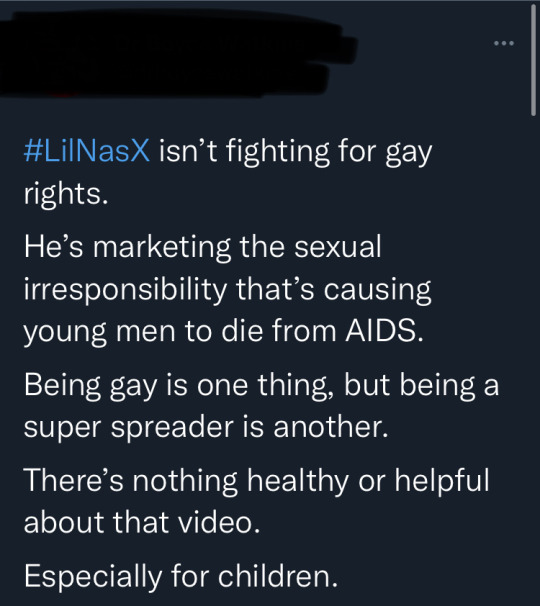
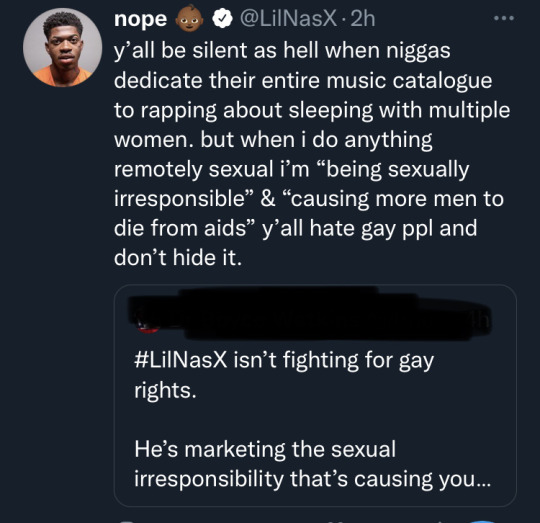



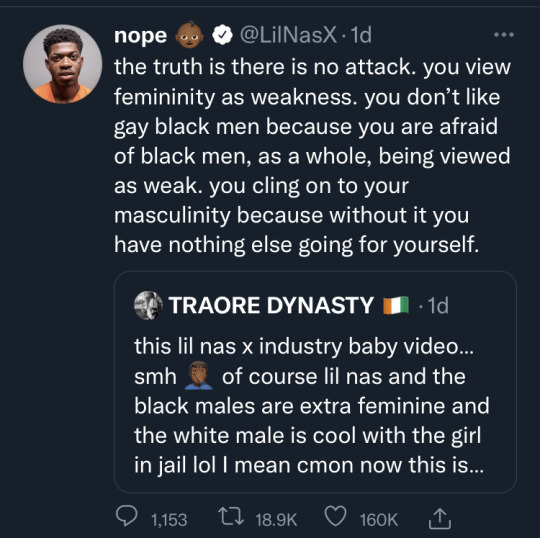
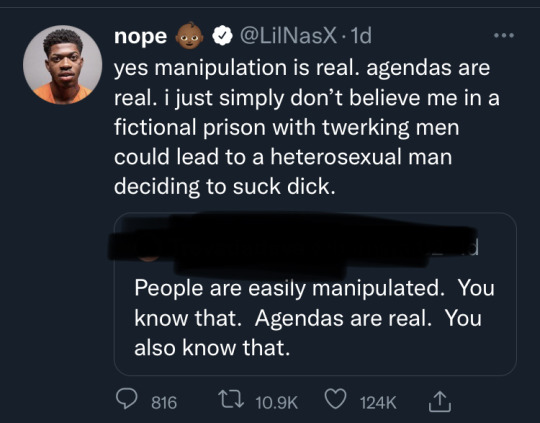

Nas has been spitting nothing but facts this week
133K notes
·
View notes
Video
417K notes
·
View notes


